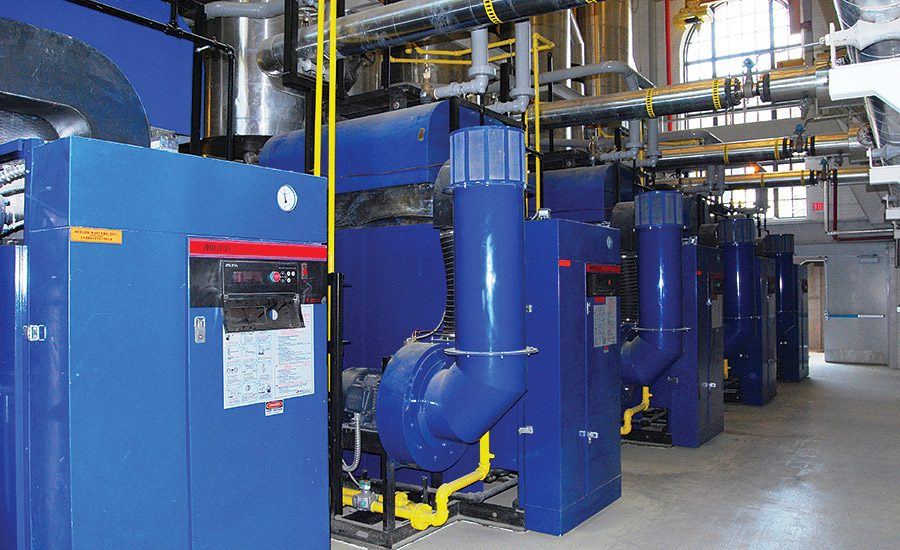When Duke University’s East Campus steam plant was built in 1927, it was a major accomplishment of its time. For about 50 years, the plant’s coal-fired boilers supplied steam to heat the Durham, NC, campus until the plant closed in 1978. From that point, the West Campus Steam Plant held the burden to carry the load of both campuses in an attempt to become more efficient and cost-effective.
The university experienced exponential growth over the next few decades and needed to increase steam capacity to keep up. In 2007, the decision was made to renovate and retrofit the East Campus Steam Plant with cost-effective and energy-efficient boilers that could grow with the university. Also, in 2008, Duke University expanded its sustainability initiatives to include a commitment to reduce greenhouse gases as part of the American College & University Presidents Climate Commitment — which asks schools to develop a Climate Action Plan to reduce emissions and strive for climate neutrality.
To achieve this goal, the university needed to immediately stop burning coal, and find a more efficient option to use in renovation efforts of the historical East Campus Steam Plant. In order to maximize the output of the gas-fired steam production, Duke needed a system with a higher level of reliability and maintainability — as well as the ability to increase steam capacity of the campus’ annual growth rate of 200,000 sq ft — without building additional plants or affecting the architecture of the historical building.
Duke University decided to install 15 LX series gas-fired steam boilers from Miura America Company, which increased the capacity on campus by 35%, produces steam in just five minutes, and produces fuel-to-steam efficiencies of up to 85%.
According to the manufacturer, Miura boilers feature a “once-through” vertical-tube design that produces “on-demand steam” in just five minutes (or less) while using less water and energy, which can save an average of 20% per year on fuel costs over traditional boiler designs.
“We can have them on cold standby, and then at full capacity whenever necessary which creates a significant reduction in the energy losses associated with a typical boiler cycle,” explained Russell Thompson, director of utilities and engineering for Duke Facilities Management.
For the university, the results have been a success. At full capacity, the 15 Miura boilers in the East Campus Steam Plant provide Duke with around 60,000 PPH in the winter, and 30,000 PPH in the summer. This allows the plant to increase efficiency by having standby steam capacity available during peak demand times.
“From a total production standpoint, we’ve gone from producing 95% of our steam with coal, to producing 100% with natural gas,” said Thompson.
As a result of their energy-efficient design, the Miura boilers helped the university receive a LEED Silver rating in 2011 and have reduced the university’s carbon emissions by 25%.
The plant has also received 14 other awards for sustainability, design, historic preservation, and reconstruction from a variety of organizations including the American Institute of Architects, the Society for College and University Planning, Brick Industry Association, and Associated Builders and Contractors.
To date, the university is on track towards its goal of becoming climate-neutral by 2024 — their centennial year. Avoiding the use of coal and installing gas-fired Miura boilers was a significant first step to reducing the environmental footprint and achieve this goal. ES





